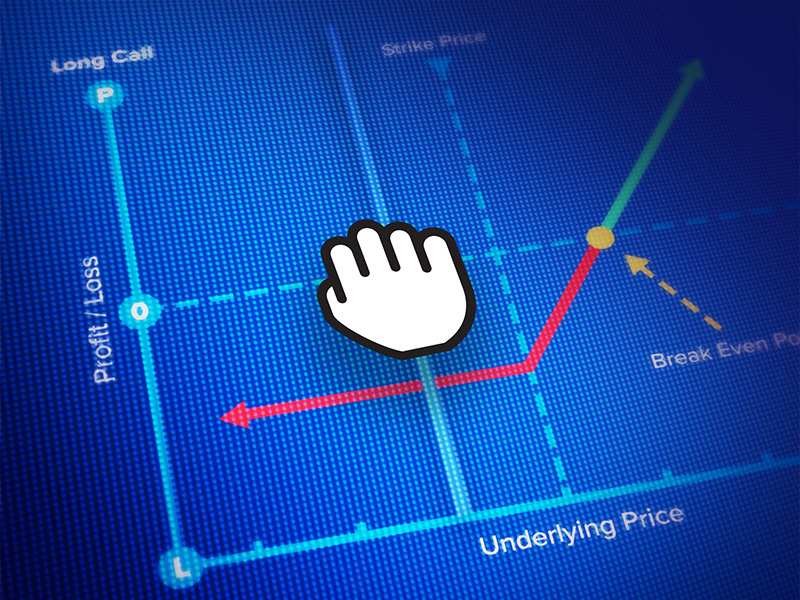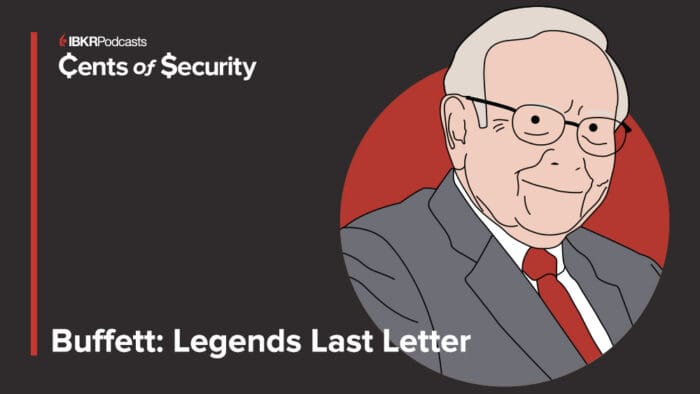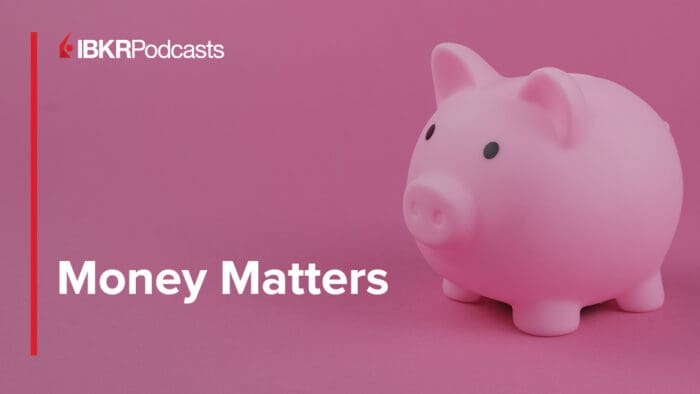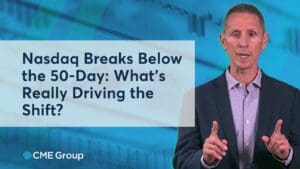I receive all sorts of questions during any given week, but two options-related themes seem to be the most pressing: what are the risks of so-called “zero-dated” or “0DTE” options; and is the Cboe Volatility Index (VIX) “broken”? Yet I’ve rarely had anyone ask me to consider the relationship between them. Well, whether or not you’re asking, I’ll address that point today.
First and foremost, it is important to formally define these products. Zero-dated options are defined as those with one day or less until expiration. I’ve written extensively about 0DTE options over the past few weeks: here, here, here, and here. The summary version is this:
- Every listed option eventually becomes zero-dated. That has always been the case. By definition, every listed option expires, and thus becomes 0DTE on expiration.
- 0DTE options are evolutionary, not revolutionary. There has been a steady compression of expiration cycles over time. We first went from three sets of quarterly cycles to monthly expirations sometime during the first 30 years of options trading. In 2005 we had the first set of weekly expirations. In February 2016 we got Wednesday expirations, and in August of that year we got Mondays. Most recently, last April and May we filled in the calendar with Tuesday and Thursday expiries.
- The only options with sub-weekly expiration cycles are a limited set of index options and key ETF and futures options that are based upon those major indices. I know of no immediate plans to list equity options with cycles less than weekly.
- Each of the compressions of the expiration cycle were greeted with a mix of groans and inevitability. But it is important to remember that each of these moves utilized a time-tested risk and settlement methodology. For that reason, few if any of the cataclysmic risk concerns about 0DTE came from folks with long-time, hands-on trading, clearing and risk management experience in the day-to-day business of options. The most vocal pronouncements have come from those with excellent broad market views, but less experience in the nuts and bolts of the options market. I spent over 20 years as an options market maker, so you can figure out where I stand on the topic.
- No one really noticed when the industry went to daily expirations a year ago. They came into focus in the aftermath of the February 1st FOMC meeting. On Thursday, February 2nd, aggressive traders realized that options expiring that day could allow them to turbocharge their bets on a powerful market rally without having to concern themselves with Friday morning’s Payrolls report. It was the perfect use case for 0DTE options, and we saw record industry volume as a result. Few were prepared for the potential for a so-called “gamma squeeze” to occur any day of the week – they had typically been limited to Fridays.
Much is made about the concentration of volume in short-dated options. It is estimated that about 40% of industry volume is concentrated in options with 0-1 days to expiration. But that is nothing new. When the Cboe filed to list daily expirations, they asserted that over 40% of industry volume was already occurring in options expiring in five days or less.
The trend is quite understandable. Longer times to expiration mean larger outlays for buyers. When one buys a longer-term option, a good portion of the price is time premium. Speculators want to maximize the potential “bang for their bucks,” laying out a minimal amount of cash with the hope of a quick double-digit (or more) percentage return. It thus makes sense for them to gravitate to shorter-term options. Smaller outlays can lead to greater percentage returns.
But there is a nasty feature about the nature of the time premium, and resulting decay, that traders in short-term options often overlook. Decay is non-linear. It is relatively slow and approximately linear in options with weeks or more until expiration but becomes sharply exponential as we approach expiration. One of the first lessons I learned as an options trader – when monthly expirations were the norm — was that decay falls off a cliff in the last week to expiration. This is especially true for options expiring later that day. The price of the option is pure time premium which will disappear by the end of the day. That can be wonderful for writers and a higher-than-expected hurdle for writers.
By now you’ve likely noticed that VIX has played no role in this discussion about 0DTE options. That’s because they have only very limited bearing on the calculation of VIX. According to the Cboe’s website, VIX is designed to be, “an instantaneous measure of how much the market thinks the S&P 500 Index will fluctuate in the 30 days.” It is calculated using only Friday-expiring SPX index options with more then 23 and less than 37 days to expiration.
There are a few takeaways from that simple explanation:
- VIX is not a short-term measure. It is always looking 30 days ahead
- The shortest options used in VIX have over three weeks to go until expiration. It is true that a 30 day option reflects the average daily movement of the underlying index over that period, the volatility that affects 0DTE options is only a small component of the pricing of the longer-term option.
- Most importantly – while VIX is commonly termed the market’s “fear index”, the word “fear” never appears in the definition. There is of course an obvious correlation between fear and higher implied options volatility, but it is not specifically measured by VIX.
So, we find ourselves with a bifurcated options market. Roughly half the volume is concentrated in ultra-short-term expirations, meaning that VIX is calculated from a subset of the other half of the options universe. But that hardly means that VIX is broken. In fact, by removing much of the speculative activity one might assert that it has become more accurate and specialized. Those who trade VIX and the specific options upon which it is based haven’t gone anywhere. They remain active and laser-focused upon the relevant products. Just like everyone else, these traders might be right or wrong over time, but they suddenly haven’t gotten dumber.
The one argument that seems to hold water is that on down days we find more hedgers moving into shorter-term options than before. There is indeed improved liquidity in those options, and in a market where crises have once again become short-lived, they can indeed offer less expensive protection. But those who seek portfolio protection over the longer term and for larger sizes have no obvious reason to migrate away from VIX.
Some asserted that VIX was broken when markets were falling during the latter half of 2022 and VIX failed to rise to the levels seen earlier in the year. I think the explanation is simpler. The drops that occurred early in the year caught most investors by surprise. Those who were caught offsides needed a hedge in a hurry and paid up for it. As the year progressed, investors had a chance to lower their risk profiles – either by raising cash or moving into defensive names. That resulted in less need to pay up for VIX and other volatility protection. That was not a function of 0DTE options, by the way.
The one question that I have trouble resolving is how VIX remained relatively stable even as bond volatility exploded. The correlation between the MOVE Index and VIX has never been all that high – the R^2 has been below 0.50 for most of the past year – but there was a relative lack of concern in equities even as bond traders were freaking out. There are several potential explanations, ranging from the benign (stocks can’t reprice bond market moves in real time) to the frightening (stock traders simply don’t notice or care), but the issue is with the equity and options markets themselves, not VIX.
Bottom line: 0DTE options have not broken VIX. VIX isn’t broken, nor did 0TE options actually break anything in a fundamental sense. Sure, 0DTE options caught many in the marketplace by surprise, and as a result there had to be some angry people on the wrong side of a speculative wave, but we’ve noted that they are the natural evolution of a mature marketplace, not some weird, inherently dangerous mutant. And VIX continues to do what it is designed for, reflecting the market’s best estimate of SPX volatility over the coming 30 days. Those estimates may or may not be accurate, but that is the result of those who trade VIX and SPX, not VIX itself.
Disclosure: Interactive Brokers
The analysis in this material is provided for information only and is not and should not be construed as an offer to sell or the solicitation of an offer to buy any security. To the extent that this material discusses general market activity, industry or sector trends or other broad-based economic or political conditions, it should not be construed as research or investment advice. To the extent that it includes references to specific securities, commodities, currencies, or other instruments, those references do not constitute a recommendation by IBKR to buy, sell or hold such investments. This material does not and is not intended to take into account the particular financial conditions, investment objectives or requirements of individual customers. Before acting on this material, you should consider whether it is suitable for your particular circumstances and, as necessary, seek professional advice.
The views and opinions expressed herein are those of the author and do not necessarily reflect the views of Interactive Brokers, its affiliates, or its employees.
Disclosure: Options Trading
Options involve risk and are not suitable for all investors. For information on the uses and risks of options, you can obtain a copy of the Options Clearing Corporation risk disclosure document titled Characteristics and Risks of Standardized Options by going to the following link ibkr.com/occ. Multiple leg strategies, including spreads, will incur multiple transaction costs.




















Join The Conversation
For specific platform feedback and suggestions, please submit it directly to our team using these instructions.
If you have an account-specific question or concern, please reach out to Client Services.
We encourage you to look through our FAQs before posting. Your question may already be covered!